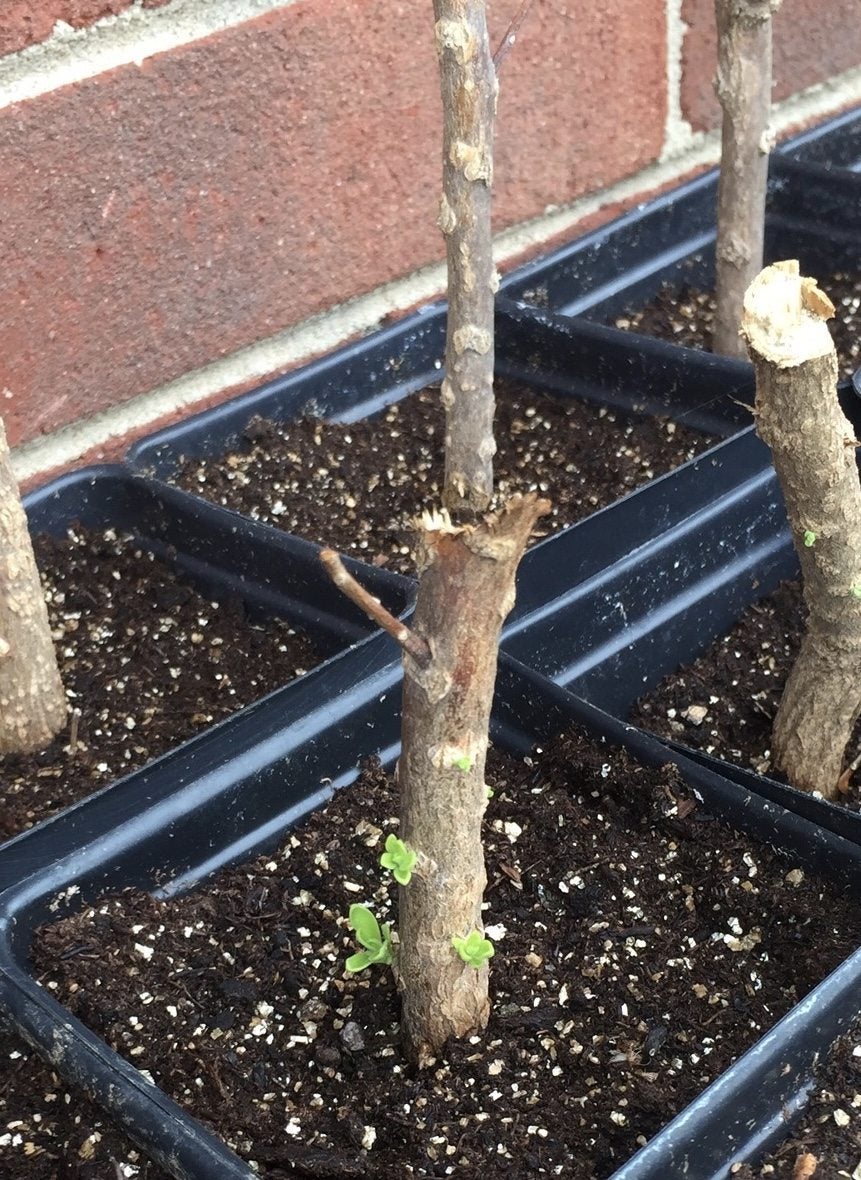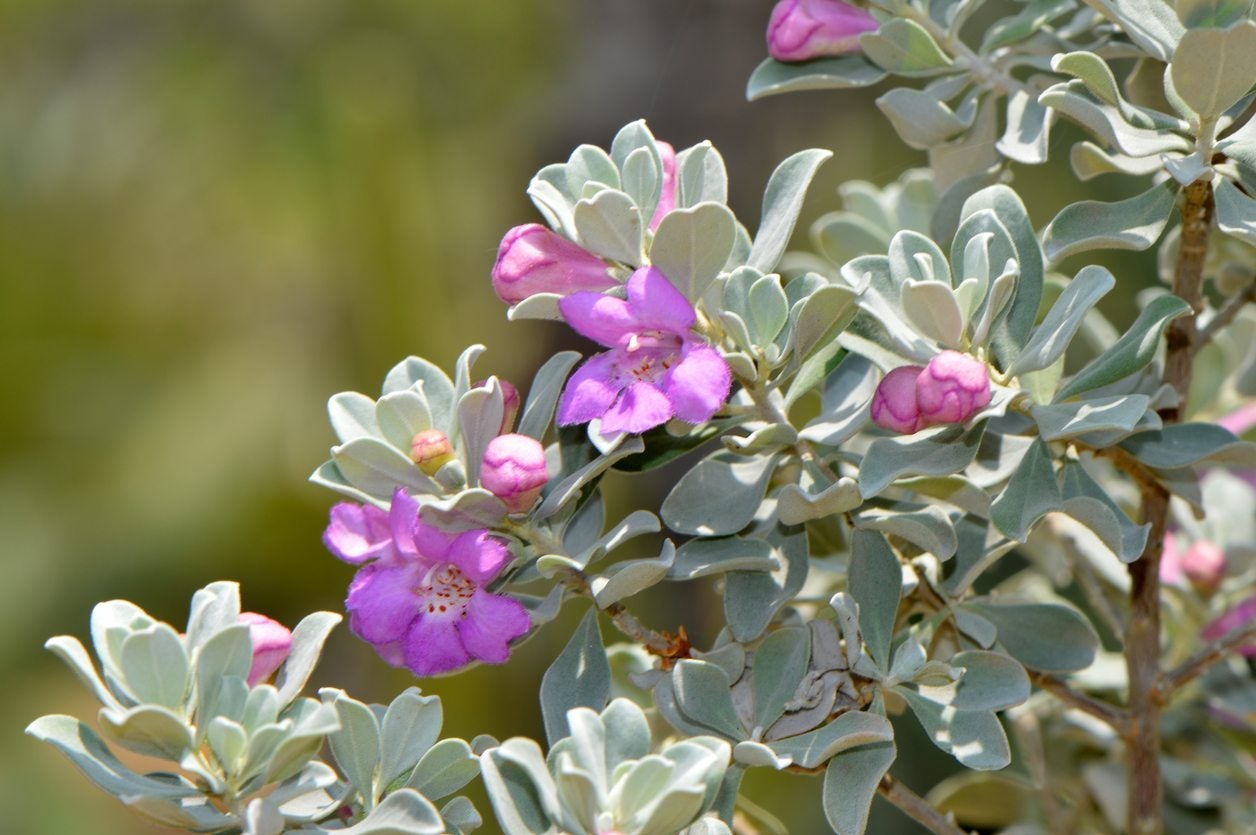Texas Sage Cuttings: Tips On Rooting Texas Sage Bush Cuttings


Can you grow cuttings from Texas sage? Also known by a variety of names such as barometer bush, Texas silverleaf, purple sage, or ceniza, Texas sage (Leucophyllum frutescens) is extremely easy to propagate from cuttings. Read on for tips on propagating Texas sage.
Taking Cuttings from Texas Sage Plants
Texas sage is so easy to propagate from cuttings that you can start a new plant nearly any time of year. Many experts advise taking 4 inch (10 cm.) softwood cuttings after blooming ends in summer, but you can also take hardwood cuttings while the plant is dormant in late fall or winter. Either way, plant the cuttings in well-drained potting mix. Some people like to dip the bottom of the cuttings in rooting hormone, but many find that the hormone isn’t necessary for rooting. Keep the potting soil moist until roots develop, which usually occurs in three or four weeks. Once you’ve propagated Texas sage cuttings and moved the plant outdoors, plant care is just as easy. Here are a few tips on maintaining healthy plants: Avoid overwatering because Texas sage rots easily. Once the plant is established, it will need supplemental water only during extended dry periods. Yellowing leaves are a sign the plant may be receiving too much water. Plant Texas sage where the plant is exposed to six to eight hours of sunlight. Too much shade causes spindly or lanky growth. Ensure the soil is well drained and the plants have adequate air circulation. Prune growing tips to encourage full, bushy growth. Trim Texas sage to maintain a neat, natural shape if the plant looks overgrown. Although you can prune any time of year, early spring is preferable. Usually, Texas sage needs no fertilizer. If you think it’s necessary, apply a light application of general-purpose fertilizer no more than twice a year.
Gardening tips, videos, info and more delivered right to your inbox!
Sign up for the Gardening Know How newsletter today and receive a free copy of our e-book "How to Grow Delicious Tomatoes".

A Credentialed Garden Writer, Mary H. Dyer was with Gardening Know How in the very beginning, publishing articles as early as 2007.
-
 Looking For Plants To Give You The Soft And Fuzzies? Try These 5 Fuzzy Leaf Plant Options
Looking For Plants To Give You The Soft And Fuzzies? Try These 5 Fuzzy Leaf Plant OptionsLovers of texture, drama, silver foliage and tactile plants will adore these special sensory garden additions. These fuzzy leaf plant options will leave you all aglow
By Susan Albert
-
 Get Ready For A Summer Of Hummers! Grow These Full Sun Hummingbird Plants and Flowers
Get Ready For A Summer Of Hummers! Grow These Full Sun Hummingbird Plants and FlowersIf you’re lucky enough to enjoy a sunny backyard, make sure you are maxing out on your pollinator opportunities and grow these full sun hummingbird plants and flowers
By Tonya Barnett
